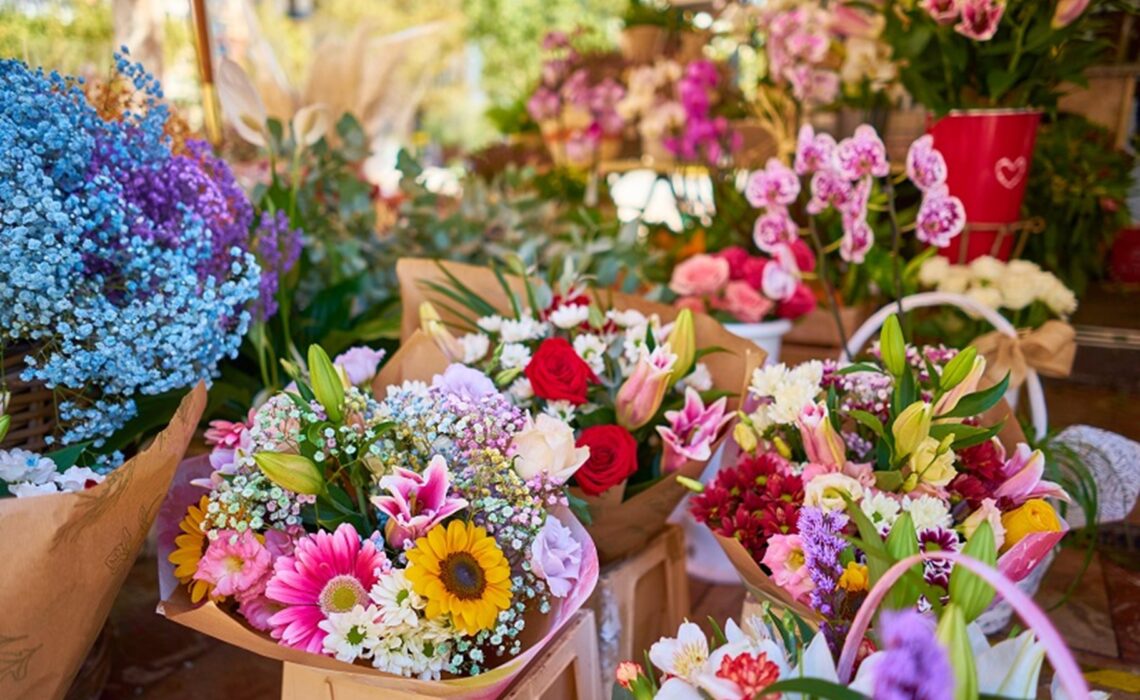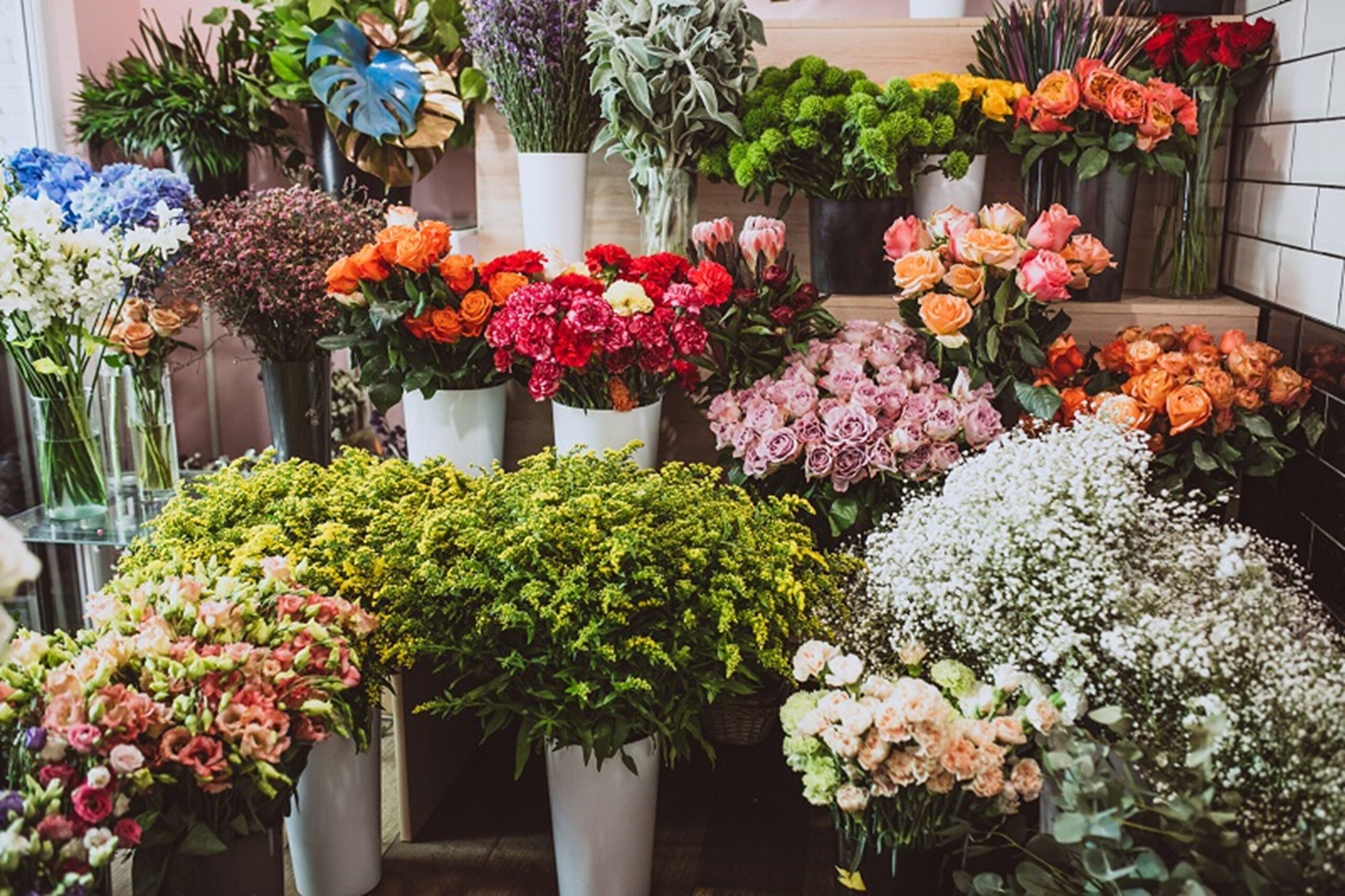
Introduction:
Often, when words fail to express the depth of our feelings toward the passing of a loved one, we turn to symbolic gestures. One such gesture prevalent across cultures worldwide is the giving of flowers at a time of loss. But why exactly do we offer flowers to the grieving? Are they merely convention, or do they serve a deeper purpose? In this comprehensive exploration, we delve into the significance of condolence flowers and their impact on the grieving process.
Condolence flowers, often overlooked, play a crucial role in the grieving process. They serve as a thoughtful, tangible reminder of empathy, demonstrating that the bereaved are not alone during their time of sorrow. As a symbol of life’s fleeting nature, these floral tributes provide a soothing, silent language of love, respect, and support.
In the midst of grief, words can sometimes fail us. The beauty and fragrance of condolence flowers can express what words cannot, offering comfort and solace to those in mourning. They stand as a gentle prompt of the cycle of life and death, encouraging acceptance and aiding in the healing process.
Moreover, condolence flowers are not just about paying respects to the departed. They’re also about acknowledging the pain and loss the bereaved are going through. Each blossom is imbued with meaning, from the purity of lilies to the eternal love symbolised by roses, helping to commemorate the unique bond shared with the deceased.
In essence, condolence flowers are far more than just a traditional ritual or a social obligation. They are a powerful, expressive tool that can assist in navigating the complex journey of grief, providing a sense of peace and tranquillity in a time of overwhelming sorrow. The importance of these blooms in the grieving process truly should not be underestimated.
Traditionally considered a mark of respect for the deceased, condolence flowers have come to symbolize more than just an acknowledgement of loss. They have developed into an essential part of the healing journey for mourners. Through their intangible beauty, condolence flowers seem to communicate messages that words may fail to convey, aiding in the healing trajectory during a trying period.

Symbolizing Life Amid Death
Condolence flowers bear a striking paradox – they are vibrant and full of life, offered in an environment of death and mourning. Flowers metaphorically reiterate the cyclical essence of life and death – just as flowers bloom and wilt, life, too, follows a similar rhythm.
Expressing Emotions Wordlessly
The exchange of flowers enables individuals to subtly communicate their sentiments to those grieving. Different flowers carry various significance and messages. For instance, lilies represent the restored innocence of the soul of the deceased, while roses, depending on their color, can symbolize love, respect, or courage.
Creating a Serene Environment
The gentle beauty of flowers often instills a sense of tranquility and peace in an otherwise somber environment. Furthermore, studies have shown how the mere presence of plants and flowers can assist in reducing stress and promoting feelings of positivity.
The Science Behind the Flowers’ Impact
There’s a science to the solace flowers provide. Certain studies reveal that humans respond positively to the sight of flowers. Their color and aroma activate the area of the brain associated with happiness, inducing a sense of calm and comfort during an emotionally turbulent phase.
Cultural Significance of Condolence Flowers
From Australian natives to Asian chrysanthemums, condolence flowers bear cultural symbolism and traditional value, their role in mourning rituals ingrained deep within societies.
Reconsidering the Tradition: Cons of Condolence Flowers
Still, as with any tradition, there are debates surrounding the appropriateness and environmental impact of condolence flowers, pushing some to seek more sustainable and meaningful alternatives.
Conclusion: Coming Full Circle
As we’ve uncovered, the gentle act of offering condolence flowers carries great depth in its simplicity. Beyond tradition and aesthetics, these blooms hold a therapeutic value, offering emotional support and comfort in the tangible form during times of loss. Whether it’s their symbolism, the serene environment they foster, the emotional expression they allow, or the sheer science-backed joy they elicit, condolence flowers continue to play an integral role in the grieving journey.
The debate surrounding the tradition offers an opportunity to rethink and adapt. The focus should be on preserving the essence of this gesture – conveying love, respect, and sympathy – irrespective of the medium. Overall, condolence flowers, or their alternatives, help pave the pathway to healing, providing a sense of solace amid irreplaceable loss.
